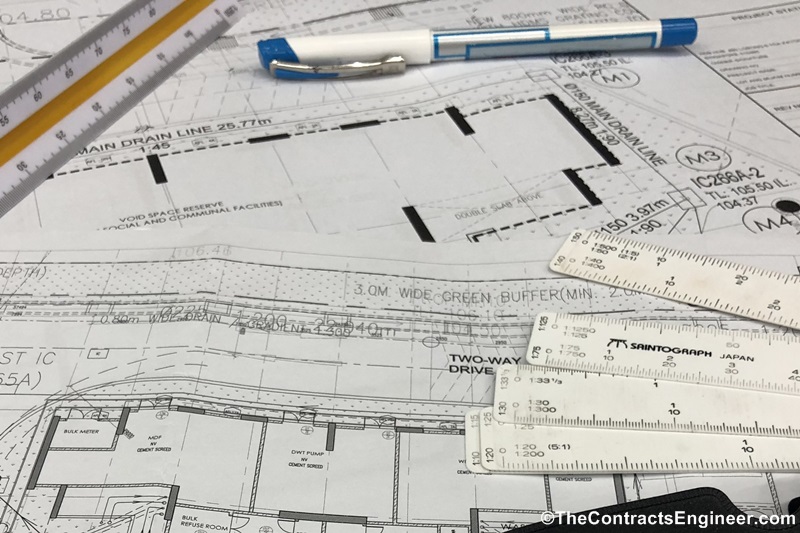Retention money is one of the important term in construction projects. This article briefly describes the definition of retention money and how to deduct it from contractor’s claim. Retention money is the amount of money deducted from the progress claim and kept by the employer. This is to safeguard the employer from any non-conformance of work by the contractor.

What is Retention Money in Construction Contracts?
Retention money, also known as “retention”, is a common practice in the construction industry where a certain percentage of the contract amount is withheld by the client (typically the project owner or developer) from the contractor’s payment until the completion of the construction project. This withheld amount serves as a form of financial security and is meant to ensure that the contractor fulfills all contractual obligations, including rectifying any defects or issues that might arise after the construction work is completed.
Here’s how retention money works in construction:
Contractual Agreement: The retention arrangement is typically outlined in the construction contract between the client and the contractor. The contract specifies the percentage of the contract sum that will be retained, as well as the conditions under which the retention will be released. Usually in construction contracts,10% of the progress claim is deducted as retention money. However, the limit of retention is 5%. That means, the employer cannot deduct further money once the total deduction reaches the amount of 5% of the total construction project value.
Regular Payments: Throughout the construction project, the contractor submits invoices for completed work, and the client makes regular payments based on the progress. However, the retention amount is not paid to the contractor immediately; instead, it is withheld from each payment.
Retention Period: The retention money is held by the client for a specified period after the completion of the project. This period is designed to allow time for any defects or issues to surface and be addressed by the contractor which is called the defects liability period. In most construction contracts, the defects liability period is 12 months.
Release of Retention: Once the retention period has passed and the contractor has successfully fulfilled all contractual obligations, including rectifying any defects, the client releases the retained amount. This is typically done through a final payment or a separate release process.
The first release of retention is usually after the practical completion is achieved.
The second release of retention will be after the defects liability period.
The purposes and benefits of retention money
The purposes and benefits of retention money in construction include:
Quality Assurance: Retention provides an incentive for the contractor to deliver high-quality work since they are motivated to ensure that no defects or issues arise during the retention period.
Defect Rectification: If any defects or issues are identified after the completion of the project, the client can use the retained funds to cover the cost of rectifying them.
Completion of Outstanding Work: Contractors often have a contractual obligation to complete any outstanding work or address any remaining deficiencies before the retention money is released.
Financial Security: Retention serves as a form of security for the client, helping to mitigate the risk of non-compliance by the contractor.
Motivation for Timely Completion: Contractors are incentivized to complete the project on time to receive the retained amount sooner.
It’s important to note that while retention money serves as a valuable tool for ensuring project quality and completion, it can also impact the contractor’s cash flow during the project. In cases where the retention amount is substantial, contractors might need to account for this when managing their financial operations.

 by
by 


Thanks a lot mam, this helps the beginners a lot !
thank you madam
Glad to know this article is helpful..
Thanks for sharing your thoughts.I am glad this article is helpful…
Thank you Madam for your thought, this helps me
I am happy this post is helpful.Thanks for sharing your comment…